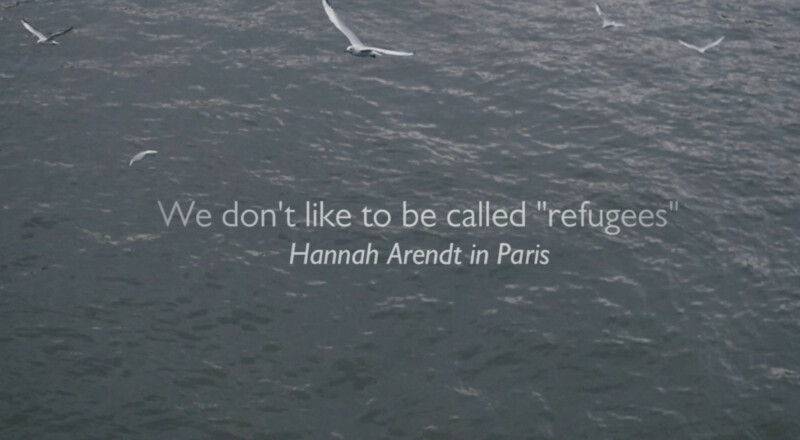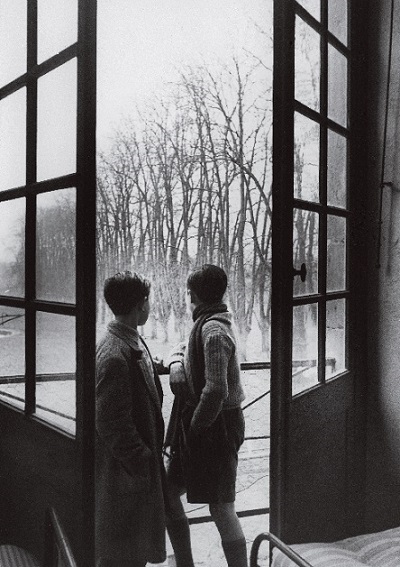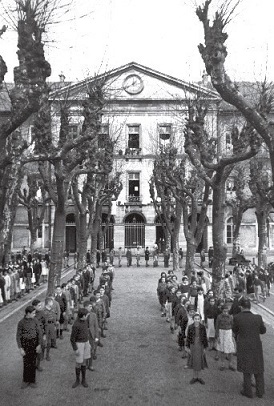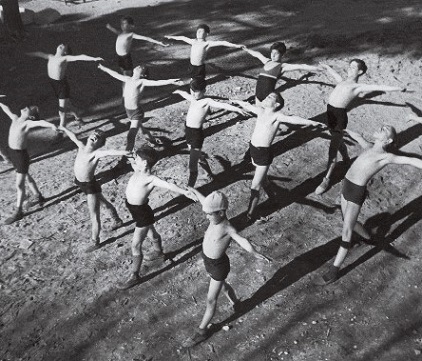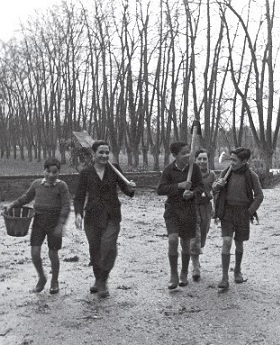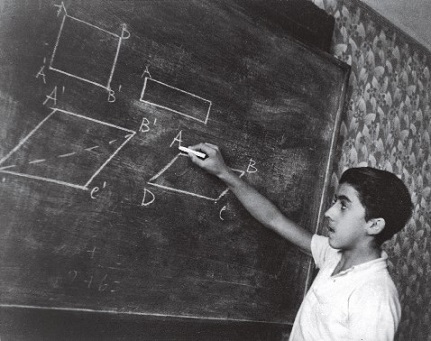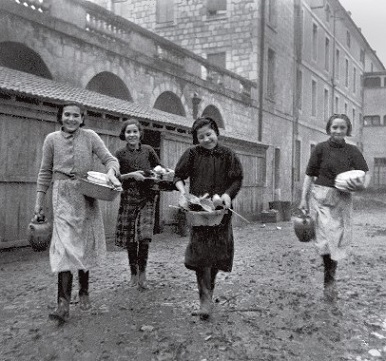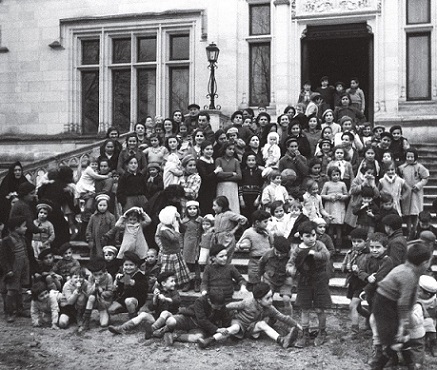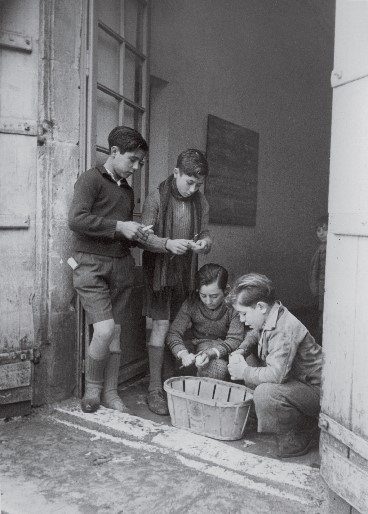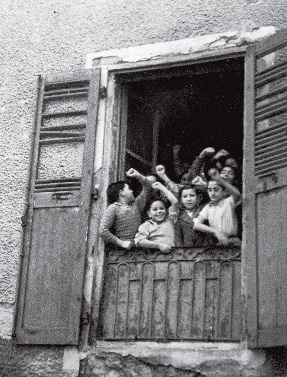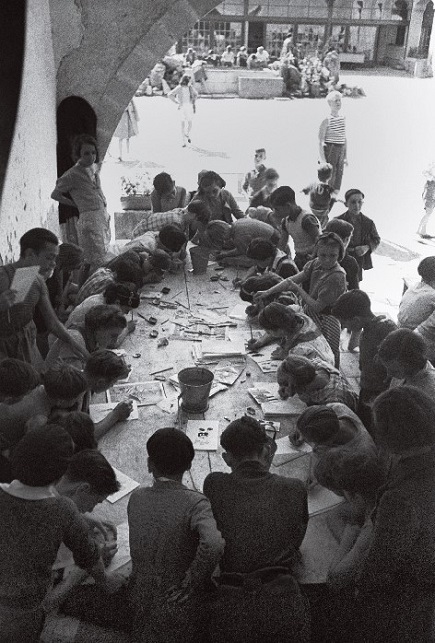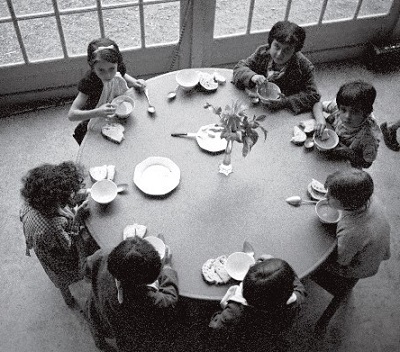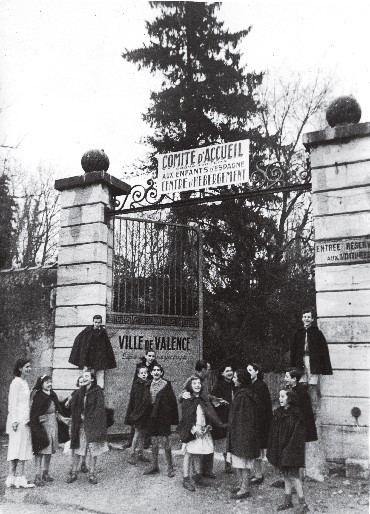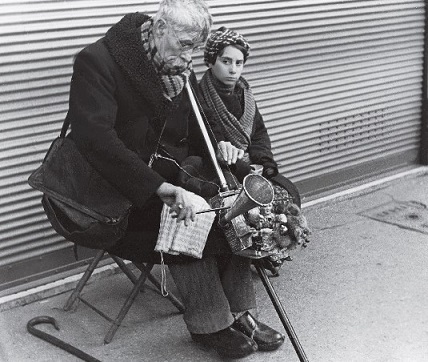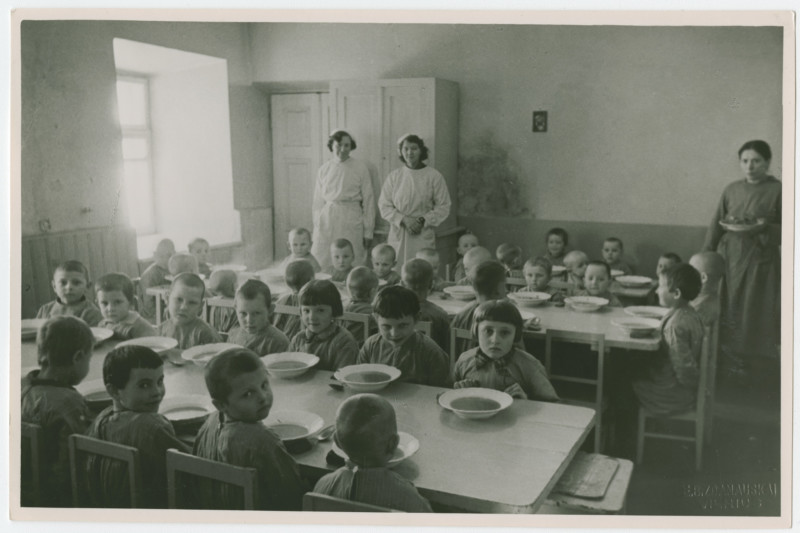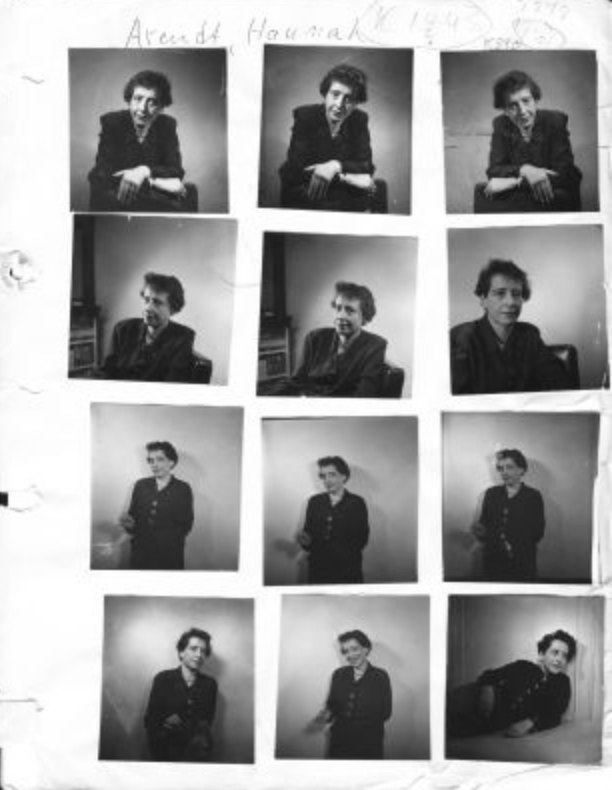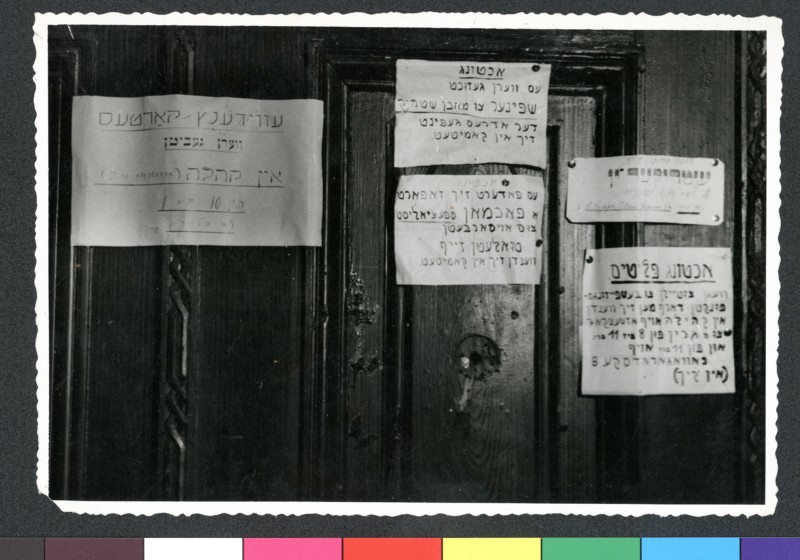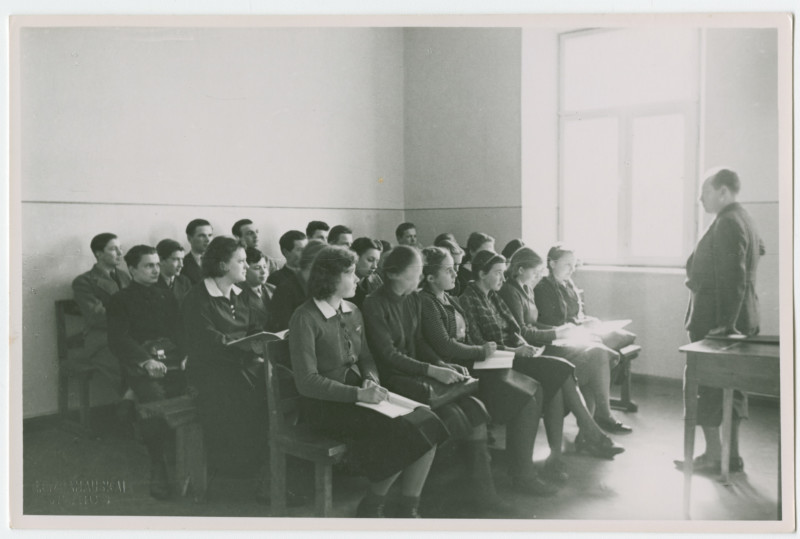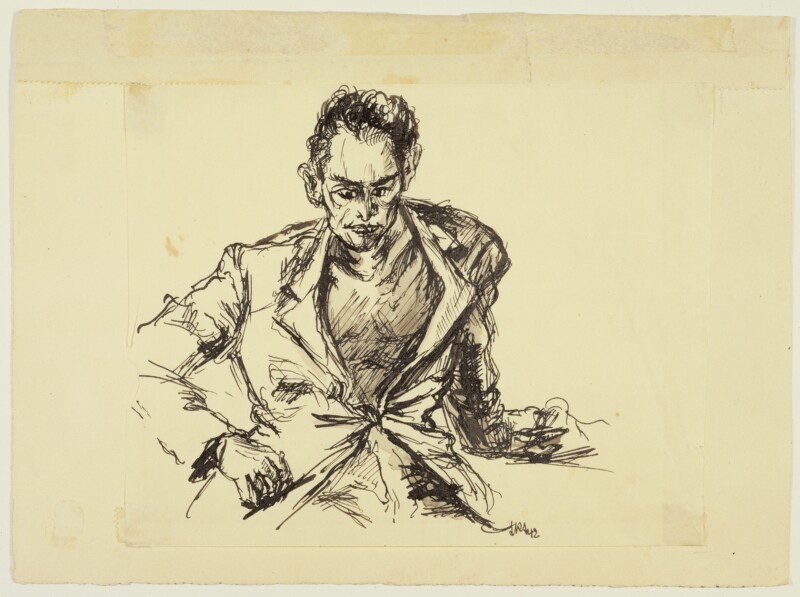After the coup d’état by the fascist military against the democratically elected government of Spain in July 1936, which unleashed the Spanish Civil War, the Spanish government made efforts to evacuate children to safe countries abroad. Most of them came to France. Internationally and in France, private supporters, humanitarian organizations, the Front Populaire and the French trade union CGT had organized themselves to help the victims of the humanitarian catastrophe and especially the children who had fled. Between 1936 and 1939, a total of more than 35,000 of them were housed and cared for in settlements or with families. Many workers also showed solidarity by donating money or taking in children to their homes. In 1938, both the mood of solidarity and the financial means for support had declined. In 1939 the situation in France worsened after the Republican troops in Spain finally retreated from the right-wing nationalist putschists under Franco and even more refugees entered the country. Politically, too, a hard line against refugees prevailed.
In this situation, in 1938, the Spanish Republican government hired the photographer Fred Stein to take photographs in the settlements for the minor refugees, which were to be used to promote support through the media. Over a period of two years, Fred Stein – himself a refugee and a committed supporter of socialist and democratic forces and concerns in Europe – visited a total of seven different refugee camps, including the Bayonne military hospital, the Château de la Brosse in Colombes and another settlement in Valence. His photographs are the only known collection of photographs of these child refugee camps today.
Fred Stein (1909-1967) was born in Dresden as the son of a rabbi and initially started a lawyer’s career. After the National Socialists seized power and issued a decree revoking the license to practice law for Jews as early as June 1933, however, the career as a legal clerk was discontinued. Fred Stein’s political, antifascist and socialist commitment – and his awareness that the Gestapo was making inquiries about him – forced Stein to flee as early as October 1933. Together with his wife Lieselotte (née Salzburg, named Lilo), whom he had married the same year, he went on a fake honeymoon trip to France, from which they did not return.
Like many other refugees, the young couple tried to build up an interim life in Paris. Fred Stein turned his previous hobby, photography, into a profession. He meandered through Paris with the Leica, which he and Lilo had given each other as a wedding present. He developed two main subjects: the “sociology of the street” and “the psychology of the portrait.” Fred Stein photographed, among other things, the Jewish quarter of Marais, the glamour and poverty on the streets of Paris, the workers, beggars, sales clerks and children he met there, the café life of the emigrants. He also took photographs of children who had fled to France from the Spanish Civil War. In 1935 he portrayed participants in the International Writers’ Congress for the Defense of Culture in Paris. He also portrayed Hannah Arendt (1906-1975), with whom he had a long friendship, for over 30 years.
Fred and Lilo Stein’s apartment in Montmartre became a meeting place for many refugees and at the same time a “Studio Stein” with the bathroom as a darkroom. Lilo contributed through retouching and laboratory work and her own photographs. Stein’s photographs were shown, among other places, in the bookstore and Galerie de la Pléiade, which was central to Parisian exile life. He also published them in illustrated magazines, especially left-wing ones such as the “Regards,” in which social reportage had become an essential element.
Stein remained politically active in Paris not only through his social-documentary photographic work: he became involved in the Anti-Fascist Journalists’ Association and wrote articles for the Socialist Workers’ Party under the pseudonym Fritz Berg. From September 1939 onwards, Fred Stein was sent to various internment camps because of his German origins. In the Villerbon camp, he administered a small camp library and organized mutual instruction courses with other inmates, which they jokingly called “la Sorbonne.” Amid the unrest following the German invasion of France, Fred Stein escaped the internment camp, and managed to find Lilo and their daughter Marion, born in 1938, in Toulouse. In 1941, with the help of the Emergency Rescue Committee headed by Varian Fry, the Stein family managed to escape to New York, where they settled permanently. Fred Stein continued his photographic work.
All photographs by Fred Stein are published on the We Refugees Archive with the kind permission of Peter Stein.
© Fred Stein Archive
